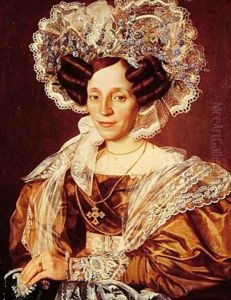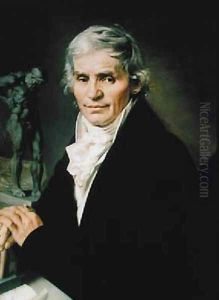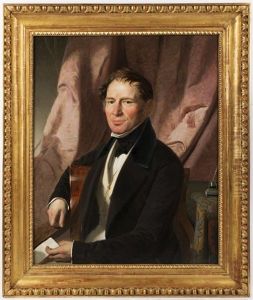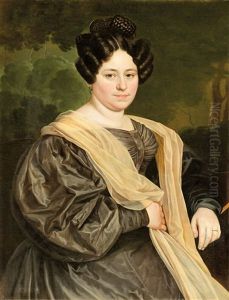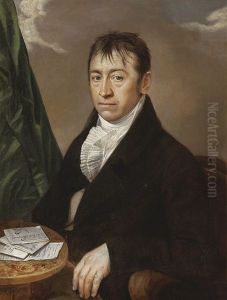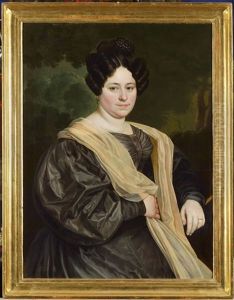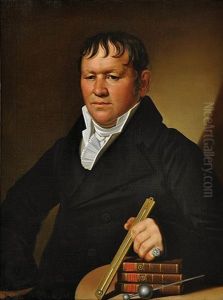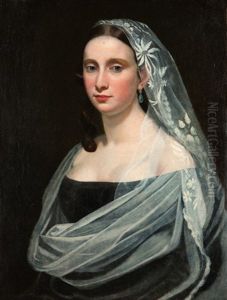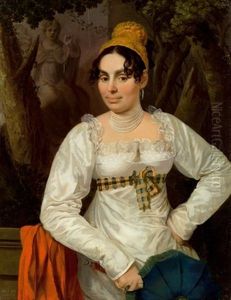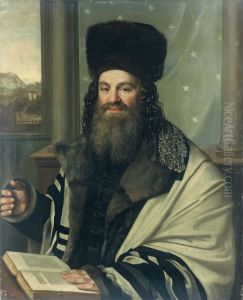Antonin Machek Paintings
Antonín Machek was a prominent Czech painter, born on November 1, 1775, in the small town of Bechyně, located in the South Bohemian Region of the Czech Republic. His artistic journey began under the guidance of local painter Jan Karel Würbs and later, at the Academy of Fine Arts in Vienna, where he moved in 1799. Machek's time in Vienna was pivotal; it was here that he honed his skills and absorbed the influences that would shape his artistic style. Notably, his work was greatly influenced by the Neoclassical style, which was prevalent during his formative years as an artist. However, Machek is often remembered for his contributions to portraiture, where his unique blend of realism and emotion set him apart from his contemporaries.
Throughout his career, Antonín Machek dedicated himself to capturing the essence of his subjects with a remarkable level of detail and sensitivity. His portraits are not only remarkable for their technical skill but also for the way they encapsulate the personality and spirit of the individuals he painted. This was a time when portrait painting was not just about likeness but also about depicting the social status, character, and even the moral virtues of the subject. Machek's ability to intertwine these elements into his work garnered him considerable acclaim.
Machek's contributions to Czech art were not limited to his portraits. He also engaged in historical painting, although these works did not gain the same level of recognition as his portraits. Despite this, his historical pieces are an important part of his oeuvre, providing insight into his versatility and interests beyond portraiture.
In his later years, Machek returned to his homeland, where he continued to paint and contribute to the local art scene until his death on January 18, 1844, in Prague. Throughout his career, Machek played a significant role in the development of Czech art, influencing a generation of artists who would follow in his footsteps. His legacy is preserved in the collections of various Czech museums, where his works continue to be studied and admired for their contribution to the European art canon.
